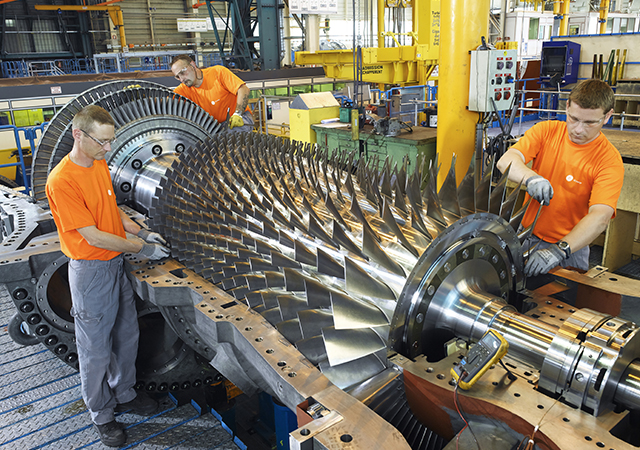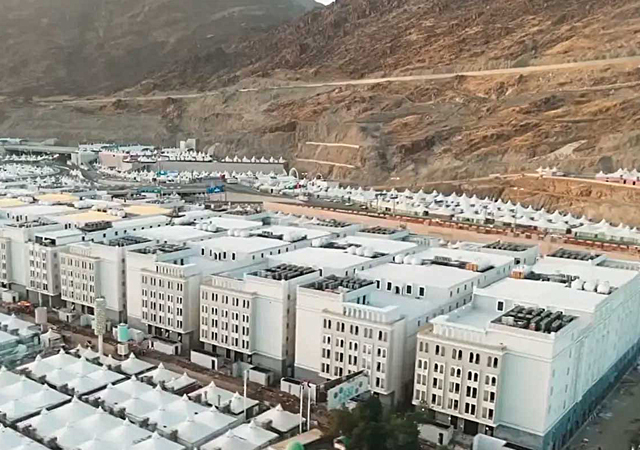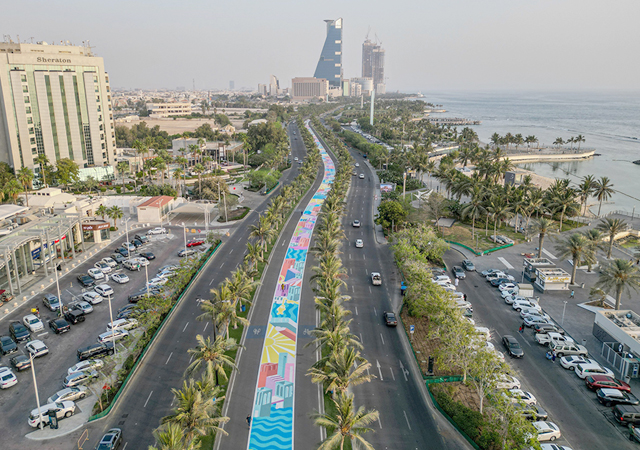
 Siemens Energy´s HL-class gas turbines will be installed at Taiba 2 and Qassim 2 plants.
Siemens Energy´s HL-class gas turbines will be installed at Taiba 2 and Qassim 2 plants.
Siemens Energy and GE Vernova have announced major contracts for four power plants in Saudi Arabia.
Siemens Energy has been awarded a 25-year contract for two power plants –Taiba 2 and Qassim 2, worth $1.5 billion. GE Vernova, a purpose-built global energy company based in US,has secured the deals for the Taiba 1 and Qassim 1 plants,
The plants will be built in the western and central regions.
Siemens Energy´s gas turbines (HL-class), in combination with steam turbines and generators, will generate approximately 2 gigawatts (GW) of electricity at the Taiba 2 and Qassim 2 plants. EPC and contracting partner for Siemens Energy is China Energy International Group.
GE Vernova has secured an order for six 7HA.03 gas turbines and two 7E.03 gas turbines from the engineering, procurement, and construction (EPC) company SepcoIII Electric Power Construction Company for Taiba 1 and Qassim 1 plants.
In addition to the equipment order, GE Vernova also announced the signing of a 21-year service agreement to support plant operations with Riyadh-headquartered Acwa Power’s wholly owned subsidiary, National Operations & Maintenance Company (Nomac).
The projects are aligned to Saudi Arabia’s goals to generate about half of its electricity from renewable energy sources and half from gas by 2030, paving the way to net-zero greenhouse gas (GHG) emissions by 2060.
Taiba 1 and Qassim 1 plants, to be powered by GE Vernova’s most advanced gas turbines, are expected to deliver up to 3.8 GW of electricity to the grid in total, a capacity equivalent to what would be needed to power the energy needs of approximately 1.2 million homes in Saudi Arabia.
Expected to be completed in 2027, they are anticipated to be among the most efficient power plants in the kingdom and can be configured with post-combustion carbon capture systems to significantly reduce carbon dioxide emissions.
In addition, 7HA.03 gas turbines currently have the capability to burn up to 50 per cent by volume of hydrogen when blended with natural gas.

















.jpg)













 (1).jpg)





















































